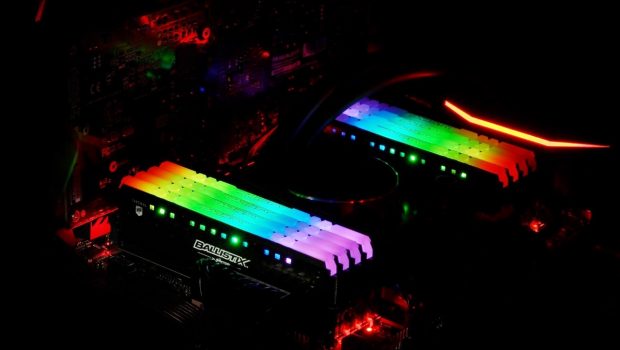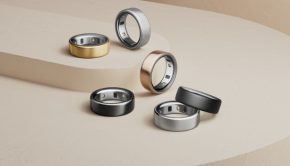Crucial reveals the future of 3D printing and customisation
Not that long ago, the concept of printing 3D objects seemed like a sci-fi fantasy and the only famous 3D printer was Star Trek’s meal ‘replicator’. Today, however, 3D printing is an increasingly important technology that is used across industries to speed up processes and cut costs; it is also enabling consumers to benefit from personalised products.
As Netflix-style content consumption rises, consumer demand for personalisation grows. We now expect our TV shows to be recommended to us or our food choices to be logged and remembered. This demand for personalisation, extends across everything we do, including our hobbies.
Benjamin Lzicar, Technical Analyst at Crucial explained, “With the promise of a truly unique and personalised product, people who build their own PCs are turning to 3D printers to ensure their builds stand-out and make an impression. As more and more gamers move away from buying off-the-shelf PCs and start building their own, there’s a growing trend for creating personalised and customised rigs. Not only do people building PCs enjoy the experience of designing and making them, but it satisfies their demand for a truly unique PC that sets them apart from the crowd. Like everyone, gamers yearn to have something to call their own. When you build a computer that you have invested lots of time and money in, and that computer reflects your personality creatively, you can’t help but feel rewarded every time you boot it up to play a game.”
As it becomes easier to share ideas and information about building custom computers via Facebook groups, forums or Reddit, more people are empowered to take a shot at creating a unique gaming system of their own than ever before.
Lzicar continued, “`By 3D printing your own parts, you are able to personalise a lot more than just the colour of your case. For example, say you bought some RGB DRAM for your build and not only did you want to customise the lighting setup, but you also wanted to customise the lightbar itself — with 3D printing, you can. If you need an adapter to mount your new SSD but don’t have one, you can simply print one in your house. You can also 3D print your favourite gaming character and have him stand guard inside your case over your precious graphics card!”
Making these small, personalised touches to your PC build isn’t tricky and doesn’t require a huge 3D printer. In fact, many people go to a local library or Maker Lab that rent out printers, so it’s even possible to get your custom-made PC without purchasing a pricey unit.
Lzicar added, “When 3D printers for consumers first entered the market, they would cost several thousands of dollars, while industrial 3D printers used in manufacturing cost as much as a million dollars each. Nowadays, a good consumer 3D printer would cost several hundred dollars or even less, thanks to advancements in the technology that have reduced cost and complexity. Combine those two factors with the ever-growing DIY tech scene, and we’ll continue to see more and more people utilise the wide world of 3D printing, whether it’s to create a custom fan grill for a PC or making unique cookie cutters for their grandma.”
As the widespread adoption of 3D printing practice continues and 3D printing technology advances, we will see prices continue to fall over time. At the moment, there are still some financial and practical limitations to 3D printing such as printer cost, printer size, and time; however, improvements are continually being made and 3D printing opportunities are more accessible than ever.
While many industries, such as aerospace and automotive, already benefit from 3D printing, we’ll start to see the consumer benefit as costs come down, and perhaps someday you will find a printer in everyone’s garage.
But practically, how would this work? Well, many companies provide starter files that allow you to design your own computer accessory. Or you can find lots of computer related things to print in online repositories like Thingverse. You can import these files into a free 3D editing program like Blender, make your own custom modifications, export to your printer splicing software, then print away! However, this technology doesn’t stop at PC builds; the potential for its use is massive. The cars we drive, medicine we take, and food we eat can all be impacted by 3D printing — building a PC is just an awesome addition
Benjamin Lzicar concluded, “So, if you would like to personalise your PC, try 3D printing parts for yourself. Whether that’s with your own 3D printer or using one in a shop down the road, if you want your PC build to be truly unique, 3D printing your parts is a fun and cost-effective way to do so.”







